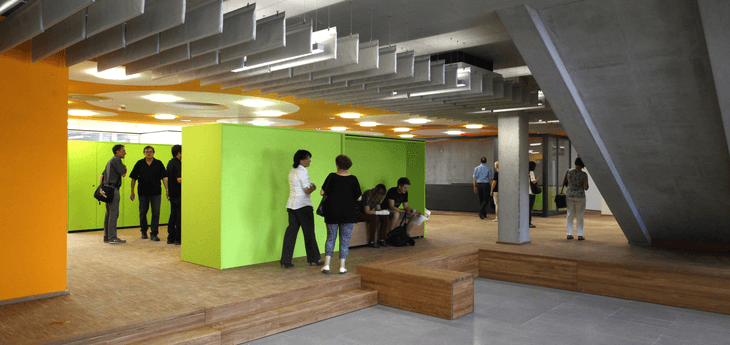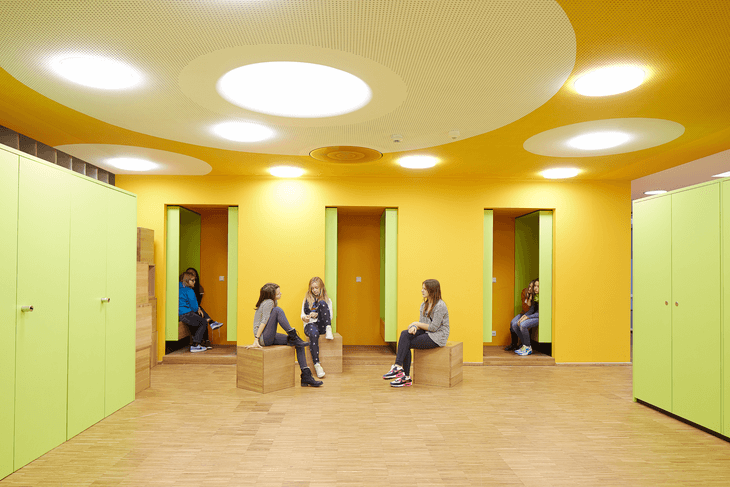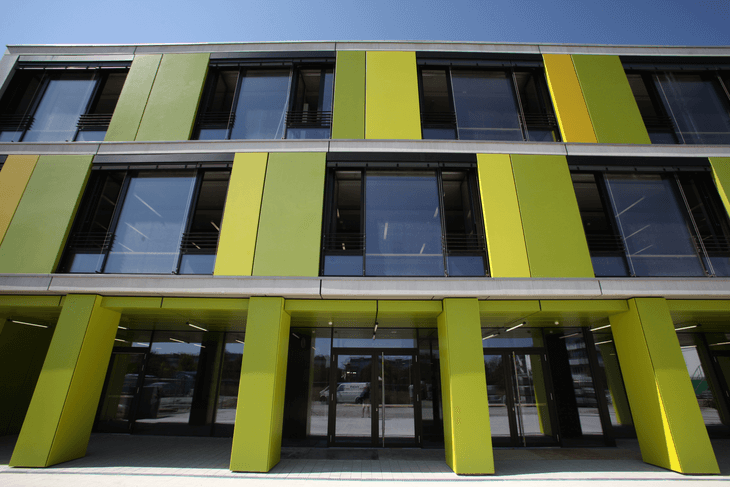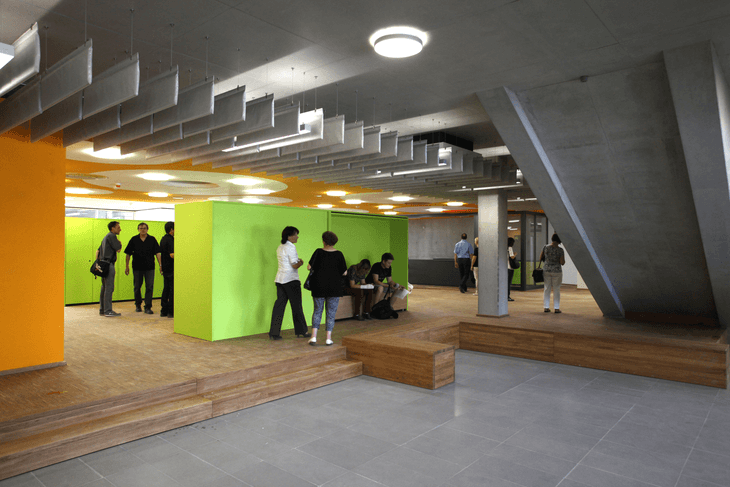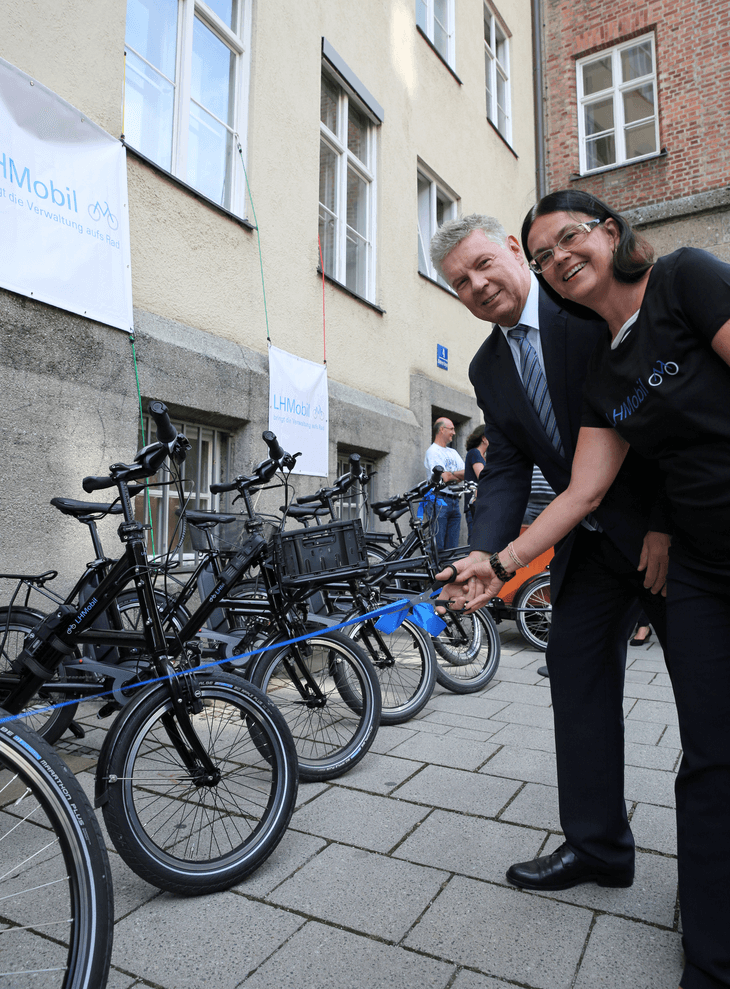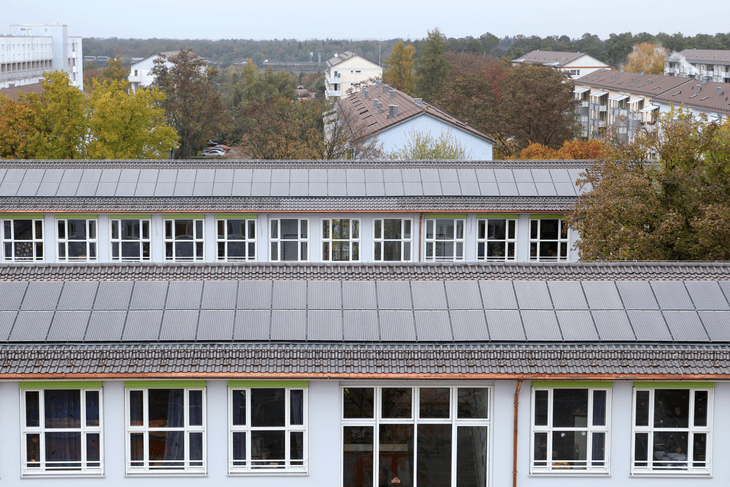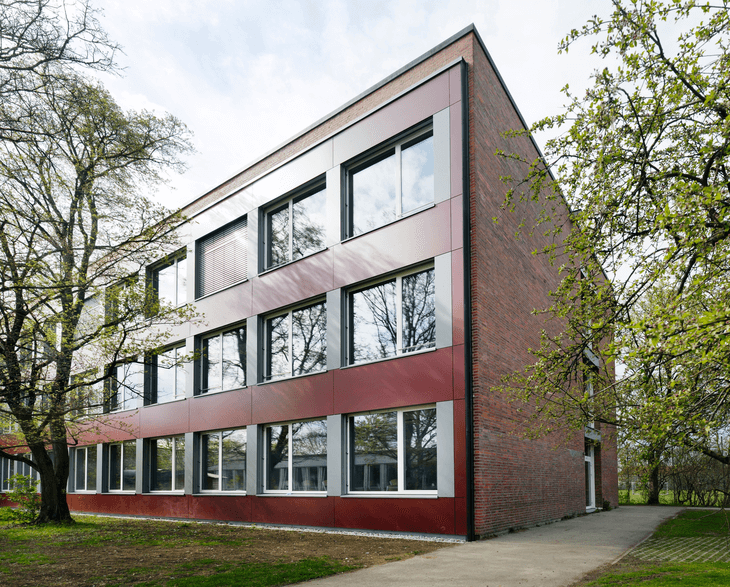Integrated Action Program for Climate Protection in Munich
Status
ongoingCity
Munich
Main actors
City Government, National Government
Project area
Whole City/Administrative Region
Duration
Ongoing since 2008
Munich aims to make 50-percent cut in CO2 emissions by 2030.
The basic decision on the Integrated Action Program on Climate Protection (IHKM) in 2008 led to the creation of an interdepartmental management system to increase the efficiency of measures taken and make better use of the resulting synergies. Every 3 years a package of measures will be adopted as a climate protection programme under the Integrated Action Program. The first package of measures was the “Climate Protection Program 2010” for the period 2010-2012. One of the measures, the Stadtwerke München GmbH expansion offensive, plans to produce by 2025 as much eco-power in its own facilities as is consumed by the entire city of Munich. This amounts to around 7.5 billion kilowatt hours per annum, and will make Munich the first city of over a million people to achieve this goal.
Originally published by the International Community of Practice for Sustainable Urban Development CONNECTIVE CITIES: https://www.connective-cities.net/en/good-practice-details/gutepraktik/integrated-action-program-for-climate-protection-in-munich-1/
As a long-standing member of the European Climate Alliance, the City Council has undertaken to reduce Munich’s CO2 emissions by 50 percent by not later than 2030. Through its Integrated Action Program on Climate Protection in Munich and the associated interdepartmental cooperation, the City aims to achieve and continuously improve a new quality of climate protection.
The Integrated Action Program on Climate Protection in Munich (IHKM) gathers together the numerous existing activities, continues to develop and update them through the interdepartmental Steering Committee and project groups in eight fields of action, and adds new measures. The topics are:
- Housing construction – energy-efficient construction in existing and new buildings,
- Urban development, physical development planning, landscape planning,
- Mobility and traffic,
- Energy efficiency in industry,
- Energy generation and distribution,
- Energy management in city-owned properties and electric traffic infrastructure,
- Procurement, company vehicles and business travel, and
- Awareness raising (since 2013).
Since the first package of measures in 2010 there has been a special focus on expanding electricity generation from renewable sources and on improving energy efficiency in housing construction, heating systems and city-owned buildings. These measures include the conversion of street lighting and traffic signals to power-saving technologies, and also increased promotion of local public transport and cycle traffic.
Innovative model projects and measures in the field of urban development support the climate-friendly development of Munich and help to increase energy efficiency in industry.
These developments are backed up by improvements in public relations work aimed at raising citizens’ interest in climate protection. Important items in this connection are the Climate Protection Report and an interactive climate protection map of the city showing, for example the nearest charging station for electric cars or sites where electricity is generated by hydro power. The “Climate Protection Program 2013” established the “Go!Family” initiative, providing young families with climate-friendly mobility offers.
As part of the “Climate Protection Program 2015” a comprehensive study on the advancement of Munich´s climate protection has been contracted. The study, titled “Goals and Strategies of Munich Climate Protection 2050”, will be conducted by the Eco-Institute and forms the basis of further advancement of the IHKM.
Total investment by the “Climate Protection Program 2010” with its 55 measures came to 25.6 billion EUR. The creation of the Integrated Action Program on Climate Protection in Munich received funding from the Climate Initiative of the Federal Ministry for the Environment, Nature Conservation and Nuclear Safety. At the end of 2012 the Integrated Action Program was updated by the “Climate Protection Program 2013” for a period of two years (2013- 2014). A total of 59.2 million EUR was invested in this programme with its 63 measures.
New appointments include nine climate protection managers and a manager responsible for promoting the energy-saving model in schools and day-care centers.
At the end of 2014 the Integrated Action Program will be updated by the next package of measures, the “Climate Protection Program 2015”, which will last three years (2015-2017).
The first measures in the “Climate Protection Program 2010” are saving more than 450,000 tons of CO2 per year. Once the projects already completed or under way are finished, Stadtwerke München GmbH will have a generating capacity of around 2.9 billion kWh of green power from its own facilities. This is equivalent to nearly 39 percent of Munich’s power consumption, and is already considerably more than required by all Munich’s 800,000 households and its metro and tram systems. Other projects (especially wind energy) with considerable potential are at the planning stage. When the “Climate Protection Program 2013”, which continues in 2014, is fully implemented, its 63 measures (including 39 which update or modify existing measures) will probably result in an annual CO2 saving of around 590,000 t CO2. The recent “Climate Protection Program 2015” comprises 87 measures (59 of these are extrapolations and adjustments) and leads up to an expected CO2 saving of around 1.4 million tons.
The Integrated Action Program on Climate Protection in Munich also includes a full reporting system, comprising the CO2 monitoring report published every two years, a climate protection report for the entire city (www.muenchen.de/ihkm), the evaluation of the individual climate protection programmes by an external specialist institute, and reporting to the European Covenant of Mayors.
Bundling the urban development measures and activities under an interdepartmental steering and project group was and is the basis for success. The appointment of nine climate protection managers by the National Climate Protection Initiative of the Federal Ministry for the Environment, Nature Conservation and Nuclear Safety also shows that the Integrated Action Program on Climate Protection (IHKM) receives attention on the national level.
- Integrated Action Program for Climate Protection in Munich, http://www.connective-cities.net/en/connect/good-practices/integrated-action-program-for-climate-protection-in-munich/ (accessed 25 February 2016).
Want to know more about this project?
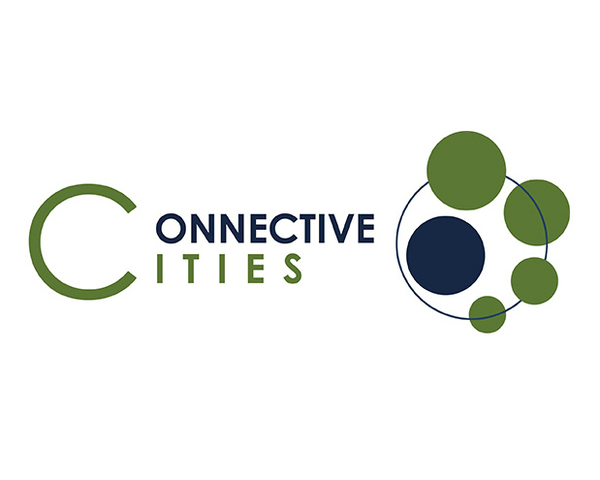
Bonn, Germany
Connective Cities
Institution | International Community of Practice for Sustainable Urban Development
Related case studies
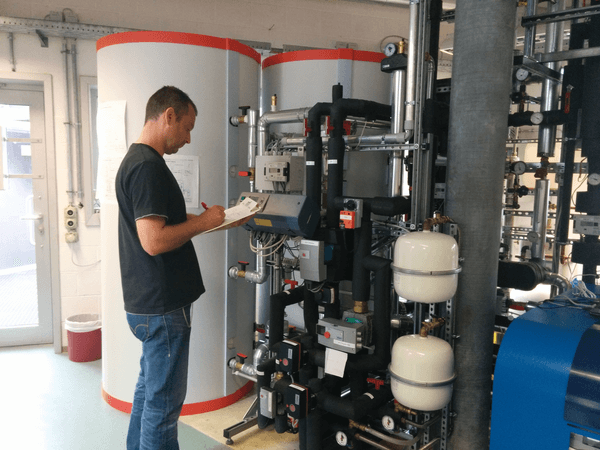
Freiburg, Germany
Efficient and Sustainable Facility Management i...
Central facility management creates a sound database for sustainable planning of the retrofitting and extension of buildings as well as new buildings of Freiburg’s City Administration.
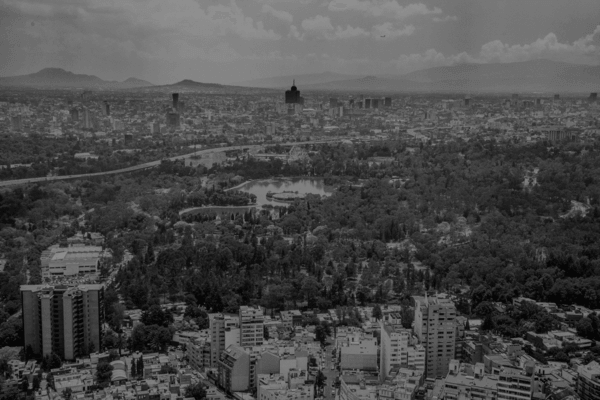
Mexico City, Mexico
City of Mexico Resilience Strategy
The Resilience Strategy is a response by the City of Mexico (CDMX) to foster public policies that contribute to strengthening the city's adaptive capacity.
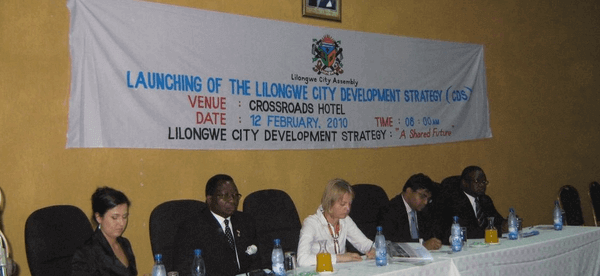
Lilongwe, Malawi
Johannesburg-Lilongwe Mentorship Programme
Lilongwe City Development Strategy has been developed through an innovative Mentorship Programme with the City of Johannesburg
